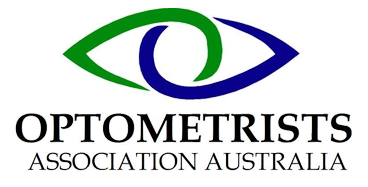Eye Health
Philip Milford Optometrists can help you with your prescription for eyeglasses and advise you on frames and certain types of lenses and lens coatings.
Digital Retinal Imaging Fundus Photography
Fundus photography provides a colour image of the retina at the back of your eye. This test monitors and screens for disease and provides an over view of your eye health. Digital retinal imaging provides rapidly acquired, high-resolution, reproducible images that are available immediately and can be compared over time.
For the best eye care we recommend routine Digital Fundus Photography at every eye consultation.
Optical Coherence Tomography (OCT Scans)
Optical Coherence Tomography (OCT) is a completely safe, highly specialised, non-invasive imaging test, using light waves to take minute cross-section pictures of your retina.
With OCT, your optometrist can see each of the retina’s distinctive layers, allowing us to map and measure their thickness to 5 micron detail. The information gained from these images and measurements can be invaluable for early diagnosis of glaucoma, macular degeneration, diabetic and other eye disease. (Early detection and diagnosis is always our objective, allowing treatment to start before vision loss or damage occurs).
Visual Fields Tests
To navigate in the world, we need good central vision but also good peripheral vision. Your peripheral vision is what you can see out to the side and without it you would bump into things all the time.
A computerised Visual Field Test accurately measures your peripheral vision and is used when assessing for many eye diseases. This test is critically important in the early detection of glaucoma and other conditions affecting peripheral vision as early detection can prevent serious vision loss. Your Optometrist will advise you if they think you need to do a Visual Field Test.
Philip Milford Optometrists also use visual field tests to assess how vision may be limited by eyelid problems such as ptosis and droopy eyelids.
Auto-refraction
An auto-refractor or automated refractor is a computer-controlled machine used during your eye examination to provide an objective measurement of your refractive error and prescription for glasses or contact lenses. This is achieved by measuring how light is changed as it enters your eye.
Non-contact Tonometry
A tonometer is a diagnostic tool used by our optometrist practice to measure the pressure inside your eyes. Your eye pressure assists your optometrist in determining your risk for developing glaucoma — a disease that damages the optic nerve of your eye, usually resulting in vision loss or even blindness. A non-contact tonometer uses a small puff of air to measure an eye’s pressure. Known as pneumotonometry, the air puff flattens your cornea in a non-invasive way. Alternatively your Optometrist may choose to measure the pressure in your eye with a small probe that touches the front surface of your eye. Other tests may also be required, for example Gonioscopy looks into the corner angle of your eye, whilst Pachimetry measures the thickness of your cornea.
Dilated Pupil Eye Consultation
Your Optometrist may need to instil special eye drops in order to see properly inside your eye, this is known as a dilated pupil eye consultation. The special eye drops increase the size of your eye pupils; this is a bit like opening the window to your eye. With dilated pupils your Optometrist will be able to see much more detail and in 3D. If you need a dilated pupil eye consultation, you will be advised before we put the eye drops in. Your vision may take a few hours to return to normal. For this reason we recommend that you wear sunglasses outside and do not drive or operate machinery until your vision returns to normal.




